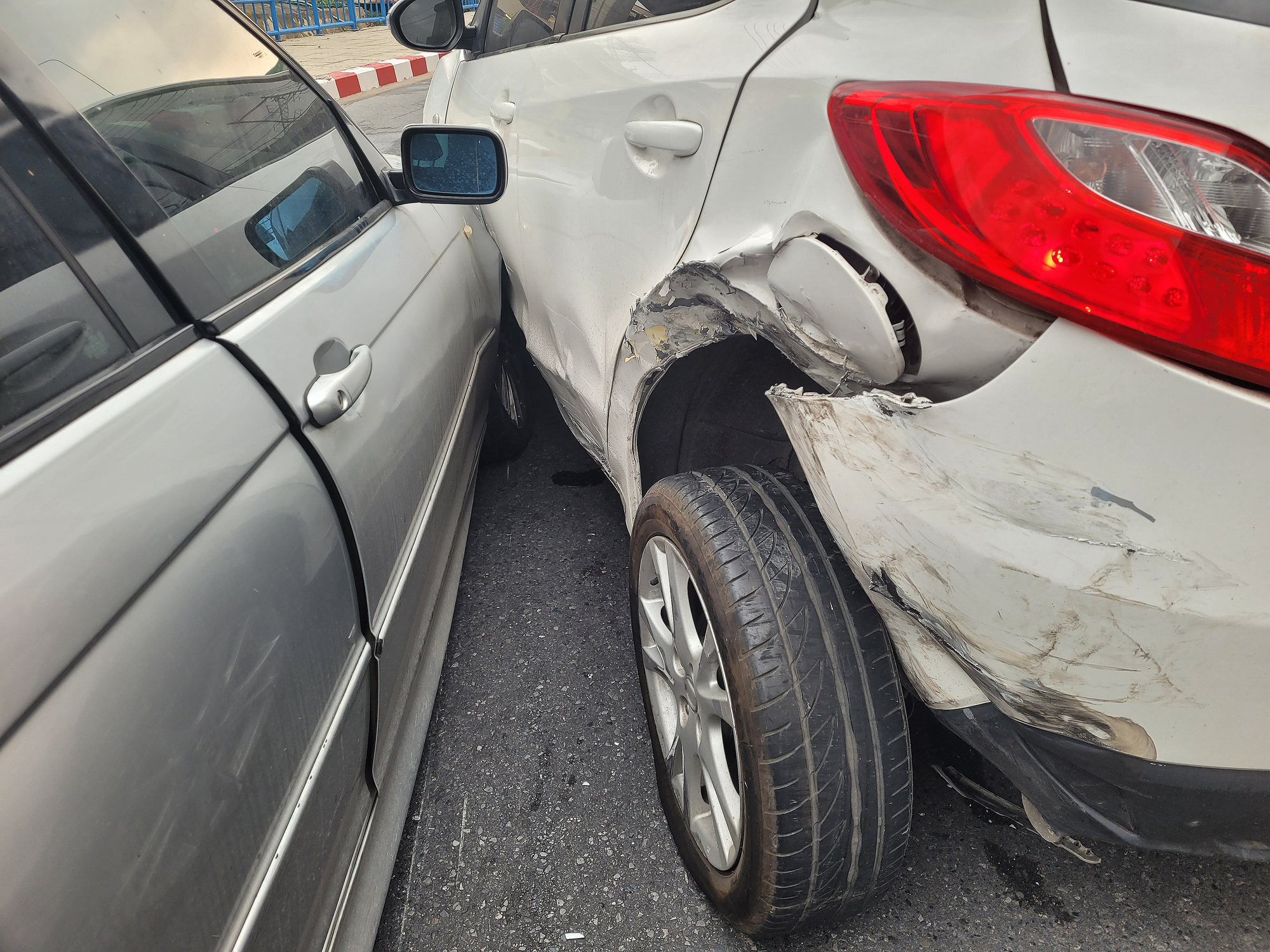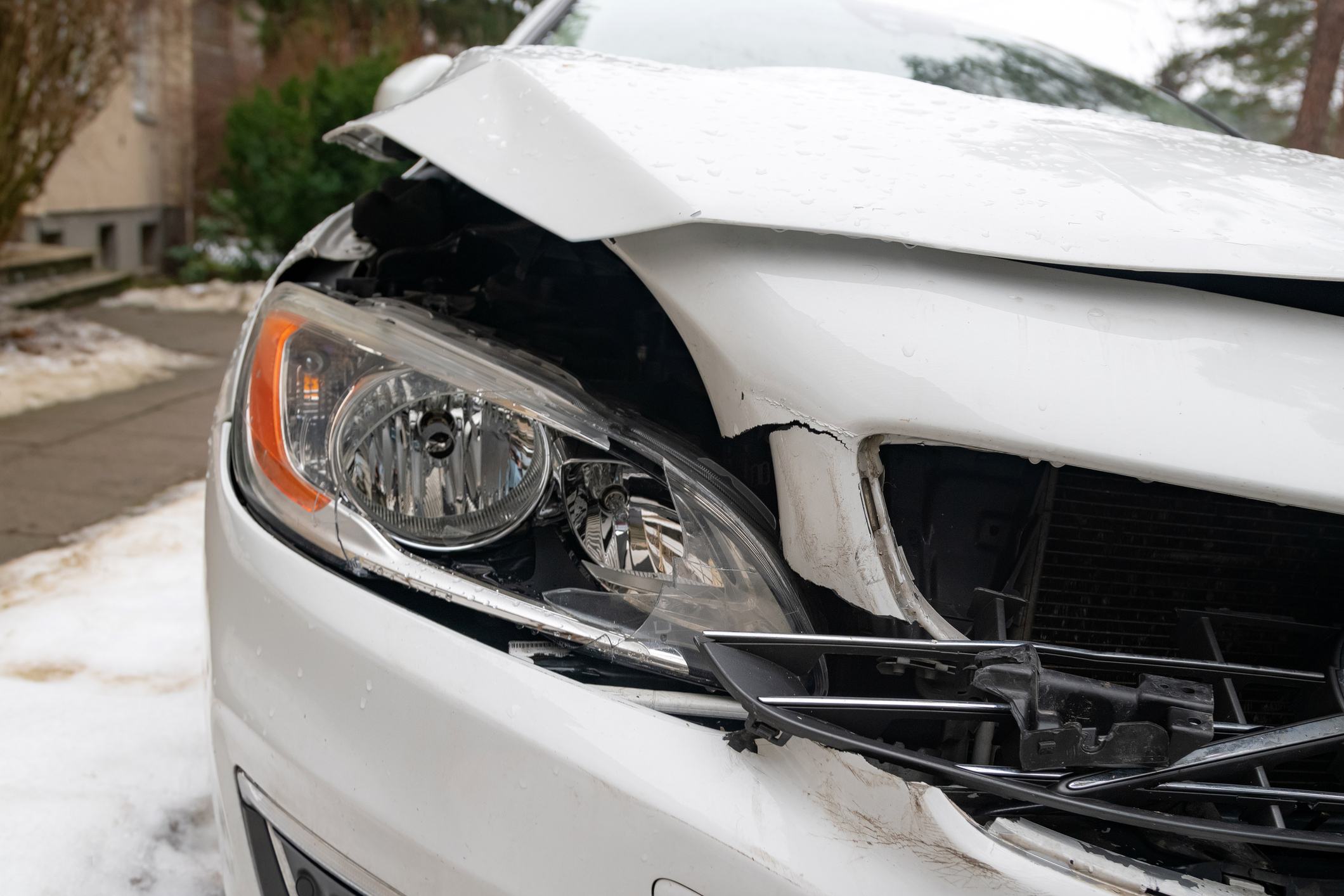Distracted driving is one of the most common hazards on roadways nationwide. The impact that seemingly simple actions can have often goes overlooked, and it extends far beyond just using a mobile device. Nearly every action taken behind the wheel that takes a driver’s focus away from driving can be considered a distraction.
Where this is especially concerning, however, is when non-automobiles are involved. Motorcycle riders, bicyclists, and pedestrians can fall victim to distractions or distracted drivers and suffer potentially fatal consequences.
According to data from the Fatality Analysis Reporting System (FARS), there were 2,872 police-reported fatal crashes in 2019 that were caused by distracted drivers. Distractions were a factor in about 8% of overall motorcycle fatalities.
Motorcycle riders can be especially vulnerable to drivers becoming distracted or being inattentive to the roadway. When an automobile driver is unaware of riders on the road and is distracted, they may change lanes without checking blind spots, brake too hard, or turn in front of a rider at an intersection.
Several studies show that distracted driving is often one of the most underreported crash causes worldwide, possibly due to the fact that using a handheld electronic device while driving is illegal in most places. Along with this, many people don’t classify several other things they do behind the wheel as distractions and may not admit that they were inattentive at the time of the crash.
What is Distracted Driving?
Driving distractions fall into three categories: manual, visual, and cognitive. How they’re classified depends on how they affect the driver. A manual distraction takes one or both hands away from the wheel, a visual distraction takes eyes off the road, and a cognitive distraction diverts focus away from driving. Some examples include:
- Manual: Changing the radio station, reaching for something on the floor, or reaching into the glovebox.
- Visual: Texting, using the phone, looking at GPS, or looking at passengers.
- Cognitive: daydreaming, thinking about a work schedule, or driving while tired.
It’s important to note that most distractions may be a combination of the three. Texting and driving, for example, encompasses all categories and is considered one of the most dangerous things a person can do behind the wheel.
How Can I Prove Liability?
The circumstances leading up to the crash will be the biggest indicator of who should be held liable. Was an automobile driver talking on the phone? Were they paying attention to the road and fully aware of their surroundings? It is best to get any injuries treated first and then obtain a police report. The police report should list any evidence observed by the officer and the accounts from all parties.
It is important to hire an attorney as soon as possible to start gathering evidence. There may be evidence on the road itself, like skid marks, that fade over time.
Along with this, if mobile phone use was likely a factor, your attorney may be able to request the phone records of the opposing party. Witness statements and photos/videos can also provide more context. An experienced personal injury attorney can help you obtain all of these things.
Kansas Personal Injury Attorneys
At Bretz Injury Law, we’re dedicated to improving roadway safety throughout Kansas and to holding distracted drivers accountable for injuring others. We’ve spent decades protecting the rights of injured victims and protecting their futures. Schedule your free consultation with a member of our team today by calling .





